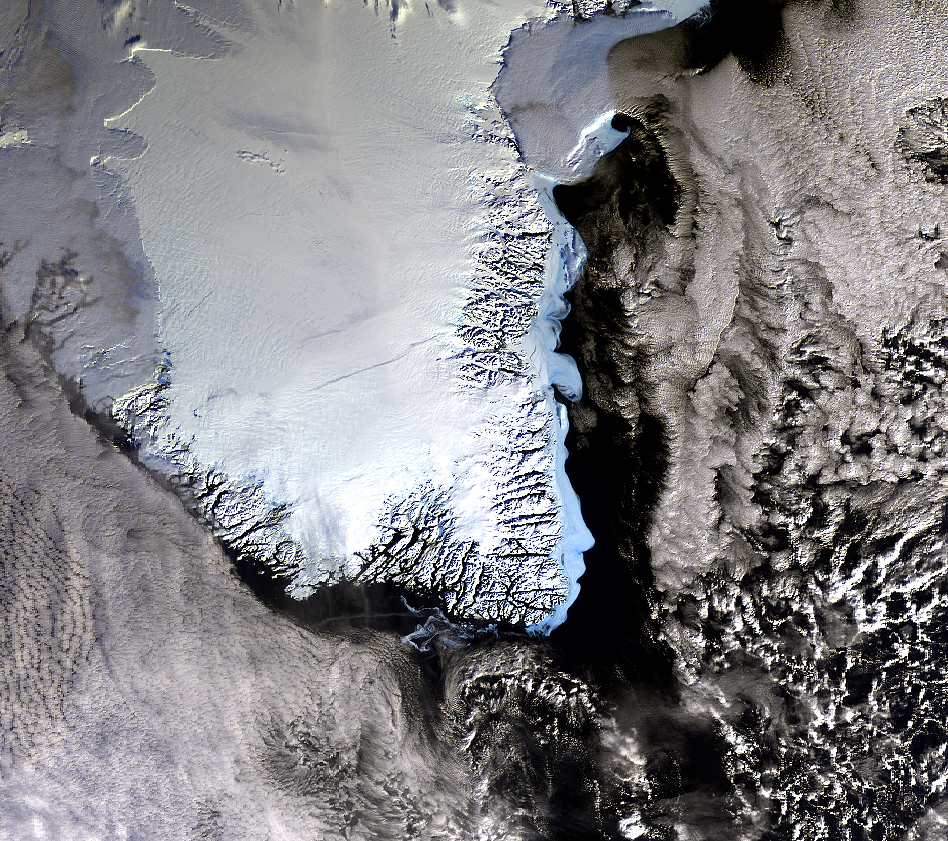Greenland’s melting glaciers
27 February 2006
Despite its name, Greenland is almost entirely covered by a huge sheet of ice. However, data from several ESA satellites suggest that this white blanket is melting faster than expected.
The latest study of Greenland’s glaciers is based on information collected by four Earth-orbiting satellites between 1996 and 2005. ESA’s European Remote Sensing satellites ERS-1 and ERS-2, ESA’s Envisat and Canada’s Radarsat-1 are all equipped with radar instruments that can observe the surface day or night, even if there is dense cloud cover.
In particular, Eric Rignot of NASA’s Jet Propulsion Laboratory and University of Kansas scientist Pannir Kanagaratnam were interested in measuring changes in the height of the Greenland ice sheet.
By studying the satellite data, the scientists learned that glaciers in southern and central Greenland are flowing more quickly towards the sea. As the climate has warmed, the amount of ice that they dump into the Atlantic Ocean has doubled in the last 10 years. The scientists calculate that Greenland is contributing about 0.5 mm per year to the global rise in sea level of about 2.5 mm per year.
Future studies using satellites such as Envisat and ERS will provide essential information on what is happening to ice cover and sea level over the long-term.
Greenland is the largest island in the world. Its ice sheet blankets almost 2 million square km and has an average thickness of 2.3 km. If all of the ice melted, global sea level would increase by up to seven metres.






